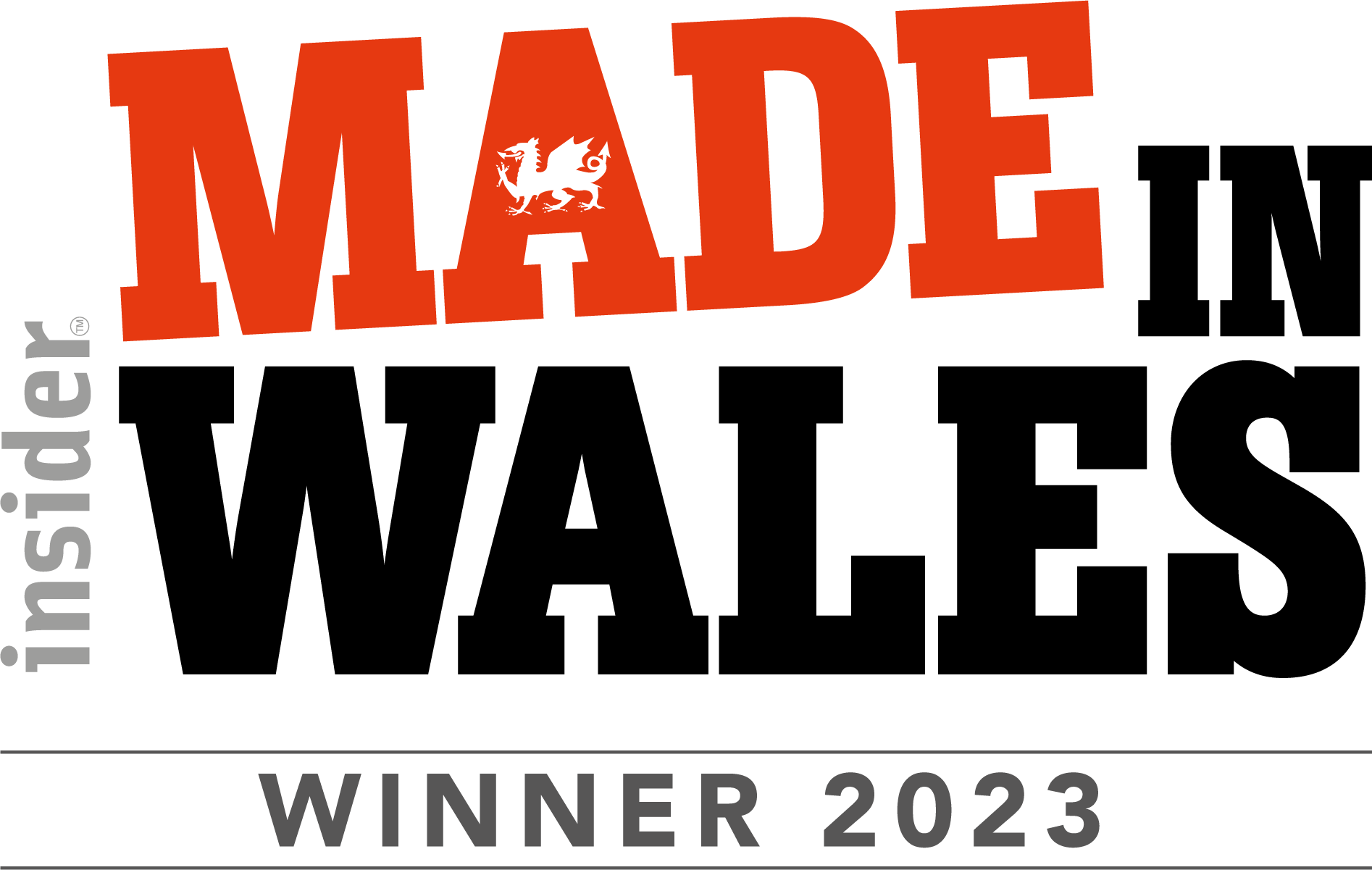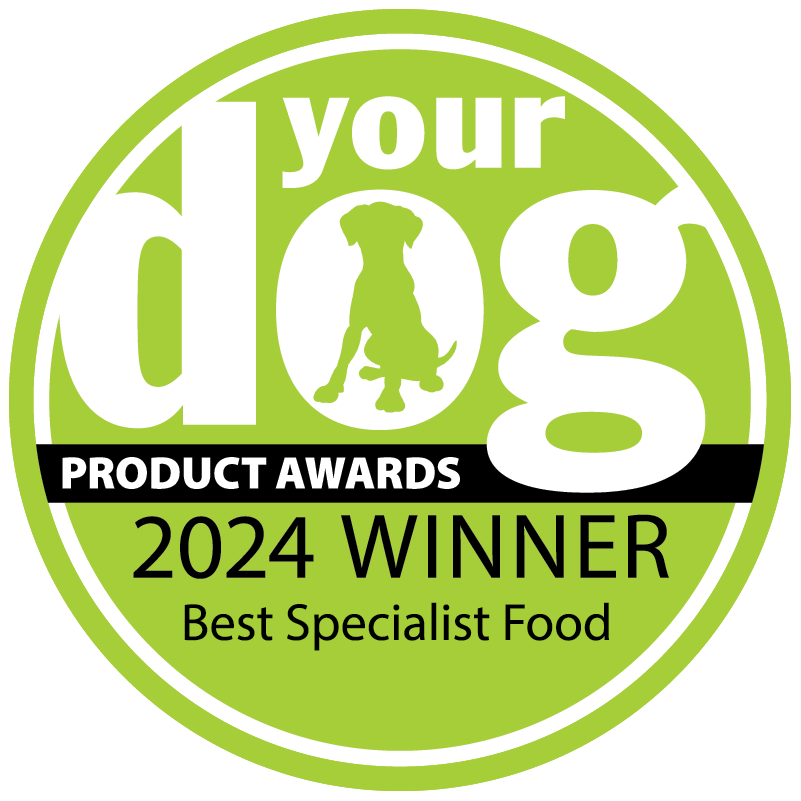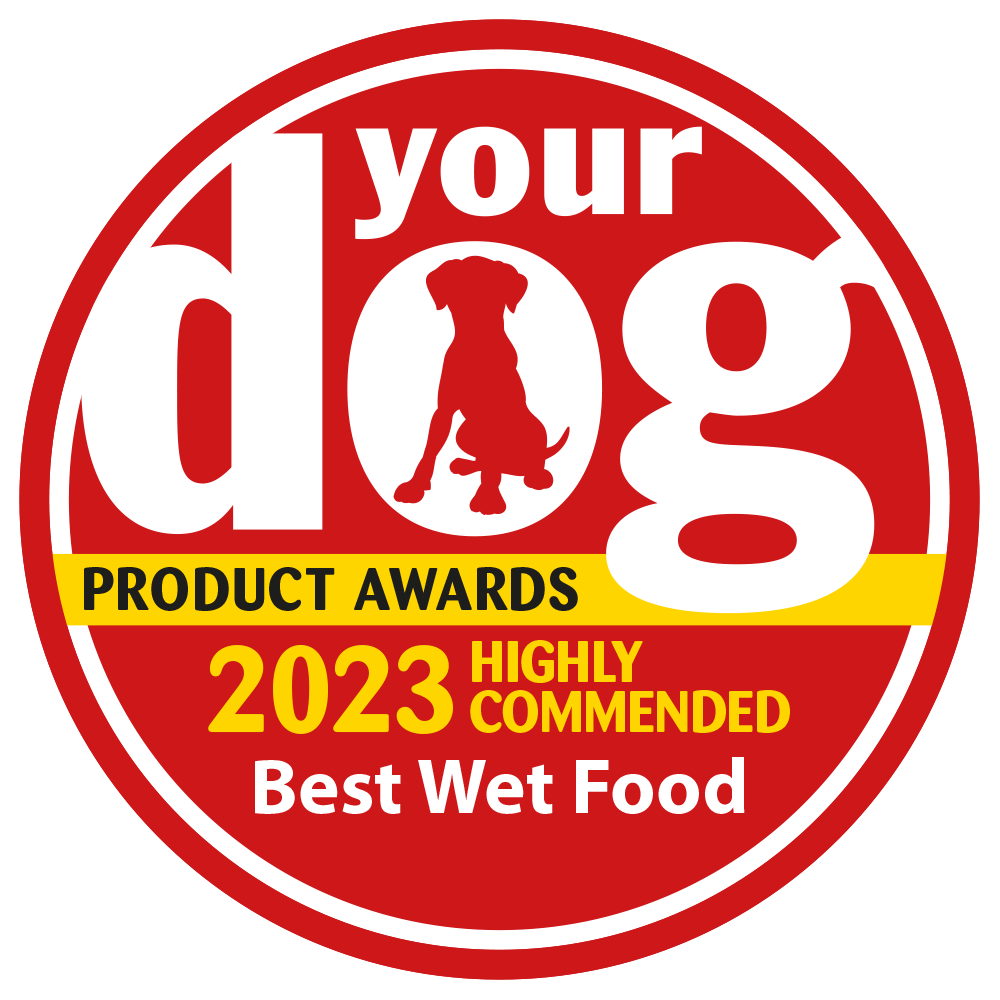
Worried that your pet’s put on some pounds? A balanced diet is pivotal to making sure your dog is in good shape, and when they need to lose some weight, a low calorie dog food can be just what they need.
So when you’re trying to find a food to help them cut down on calories, what should you be looking for? In this blog post we’ll explore everything you need to know regarding what to feed an overweight dog.
Due to a combination of genetic factors such as lower metabolisms or higher fat retention, certain breeds of dog are predisposed to weight gain. The dog breeds that are generally acknowledged to gain weight more easily are:
Being overweight is also more common in middle-aged and older dogs, and is significantly less common in puppies and young dogs who generally have more energy to burn of their food.
Both a healthy diet and regular exercise are crucial for your dog to live a healthy lifestyle. Exercise is essential for your pet’s wellbeing, and can reduce stress-related eating behaviours. It also helps them to increase muscle mass which in turn supports a functional metabolism, and improves their overall health. However, when it comes to weight loss, portion control is certainly easier to adjust than energy expenditure.
Exercise is an important support, but it’s difficult for a dog to lose weight with a change in that alone. Adjusting their meal plan to a low calorie dog food and implementing proper portion control is most likely where you’ll see the biggest difference in your dog’s weight.
You can actively search for certain low calorie ingredients and combinations in dog food that will help promote weight loss in your dog. Keep an eye out for a lower fat content in your dog’s new food: under 10% in a dry food is often considered low in fat.
Our weight control dog food is specially designed with this in mind, and takes the guess work out of calorie control for you and your pet.
It’s important to keep a controlled level of protein in your dog’s weight loss diet – you want to decrease their fat content, not their muscle. That’s why more lean protein sources like chicken or turkey are ideal for a low calorie diet.
Having a good amount of protein in their food also helps dogs to feel fuller for longer, which should help reduce scavenging behaviour or begging for additional food between meals.
A high fibre content is great for a low calorie canine diet. Complex carbohydrats such as oats are high in fibre and give a steady release of energy and slow down digestion. It helps dogs to feel fuller for longer, just like when we have porridge for our own breakfast.
Low calorie vegetables make great alternatives to standard treats if you’ve put your pet on a weight control diet. Carrot sticks, green beans, cucumber and broccoli make for yummy alternatives if you still want to give your pet the occasional behavioural reward.
Seedless apples, bananas and watermelon are some additional tasty snacks that you can opt for while still keeping your pet to a low calorie intake.
When done correctly, swapping your dog to a low calorie dog food shouldn’t negatively impact their behaviour. However, there are some changes that might indicate the diet isn’t quite right, and you can use these as markers to adjust their new feeding routine.
A sudden reduction in the amount of food you’re giving your pet might bring out increased hunger or begging behaviour. For this reason, it’s important to gradually swap over to a low calorie dog food by mixing it in a gradually higher ratio with their preexisting food, and gradually adjusting the total amount you feed them.
A change in routine or newfound hunger can sometimes trigger short-term changes like guarding or irritation in your dog. If you find this to be the case, try giving them their food in an interactive feeder or puzzle bowl to make mealtimes more mentally stimulating, and make changes gradually so they get used to the new feeding regime.
Remember that your dog will take a few weeks to adjust to their new diet, so it may take as long for their behaviour to settle down.
You’re more likely to see positive behavioural changes when introducing a low calorie diet to your pooch. Less panting during walks, improved mobility, a higher willingness to play, and a calmer temperament are all things you can expect from your dog once their health has begun to improve.
Fortunately, our weight control dog food is designed by a vet, so you can introduce your dog to a low calorie diet without the need for a prescription.
In some cases, a specialist prescription diet may be necessary to drastically improve your dog’s health and get them back to their perfect weight. It can be recommended by a vet if you’ve already made efforts that have not been effective.
At Burns, we always avoid using common allergens such as wheat in any of our food, and that’s the same for our low calorie dog food. The most important difference is that our low calorie diet dog food has a higher fibre content as well as being low in fat.
Naturally high in fibre, this dry food allows a slow release of energy means that your dog will feel fuller for longer, without the extra calories. Help your dog get healthy by shopping our low calorie dog food options, or contacting a nutritionist for more tailored advice.
Introduce your dog to the low calorie dog food that will help them get back to being themselves.







